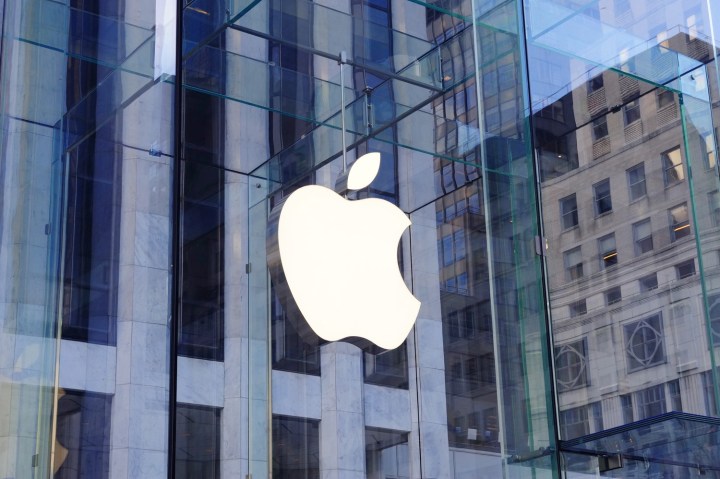
The market’s more a duopoly, it turns out. In the second fiscal quarter of this year, sales of iPhones represented more than 75 percent of the smartphone industry’s profits, while Samsung’s Galaxy devices made up 30 percent. And both companies made off like princes: Apple commanded the industry’s highest profitability with a 38 percent margin for smartphones, while Samsung slotted in second with 17 percent.
The next nearest competitors don’t come close to that level of success. Microsoft, HTC, Lenovo, and Blackberry operate at losses of varying severity. Microsoft and HTC lose 22 percent on every handset, while Lenovo loses 10 percent. BlackBerry losses are comparatively small at 3 percent. And Sony’s running a break-even phone business with profit margins of zero percent.
The results aren’t revelatory, exactly. According to Canaccord, Apple and Samsung have captured more than 100 percent of the high-end handset business’ profits for the past four years, since early 2012. And it’s not even close: in intervening years, Lenovo, LG, and HTC have wrestled over less than 10 percent of the premium smartphone market’s shares.
To be fair, the data is not exactly holistic. It doesn’t include juggernauts like China-based Xiaomi and Huawei, both of which have experienced meteoric growth in recent years — the six-year-old former, which analysts have dubbed the “Apple of China,” tripled phone sales in 2014 to 61 million units and earned an estimated $12 billion in revenue. But historically, those manufacturers have focused strictly on low-cost, affordable alternatives to the pricey flagships produced by Apple and Samsung — Huawei’s profits skyrocketed past 30 percent last year thanks largely to “low-end devices” in developing markets, Richard Yu, CEO of Huawei’s consumer business group, said in January.
That’s not stopping Apple and Samsung from trying to gain a foothold in markets traditionally averse to high-end devices. Bloomberg reports that Apple in particularly is laying the logistical groundwork for a push in India: in January, it filed a petition with the Indian government to open retail stores in the country, and Apple CEO Tim Cook laid out plans for a development center in Hyderabad during a tour of the country in May. It’s a lucrative market: India’s middle class is projected to quadruple to 200 million by 2020, and shipments of Apple devices soared to 56 percent last year.
Apple faces an uphill battle. The company, which relies mostly on resellers to distribute its products in India, commands a mere 2 percent of the market. And it remains to be seen whether high-end devices gain traction in a country where the selling price of a phone is projected to decline to $102 by 2018, or less than half the global average. (Apple’s most affordable smartphone, the iPhone SE, starts at $399.)
Samsung, meanwhile, expanded its push into Latin American markets earlier this year with the launch of the Galaxy S7 and S7 Edge earlier this year. It’s seen some measure of success: its share of the region’s market jumped to 39 percent, up from 45 percent a year earlier. Not coincidentally, most of that growth came at Apple’s expense — the iPhone maker’s share dove from 22 percent in 2015 to 14 percent this year. Analysts at eMarketer project the number of Latin American smartphone users to grow 13 percent over the next year, from 189.6 million in 2016 to 214.3 million.
Smartphone makers across the board face grim prospects in the years to come, though. Research firm IDC noted that Q2 2016 marked the second straight quarter of negligible growth.

